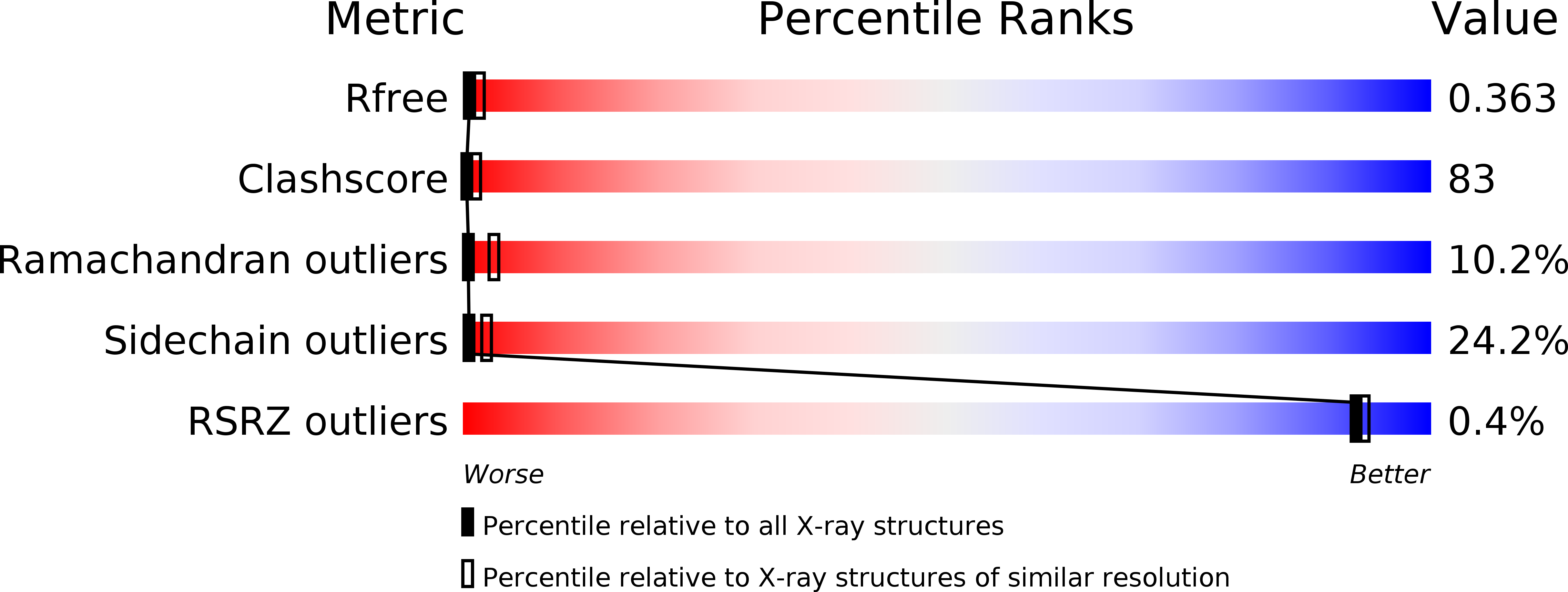
Deposition Date
2011-07-04
Release Date
2012-01-11
Last Version Date
2024-11-06
Entry Detail
PDB ID:
3B1K
Keywords:
Title:
Crystal structure of Glyceraldehyde-3-Phosphate Dehydrogenase complexed with CP12 in the absence of copper from Synechococcus elongatus
Biological Source:
Source Organism:
Synechococcus elongatus (Taxon ID: 1140)
Host Organism:
Method Details:
Experimental Method:
Resolution:
3.30 Å
R-Value Free:
0.36
R-Value Work:
0.25
R-Value Observed:
0.25
Space Group:
P 21 21 21


